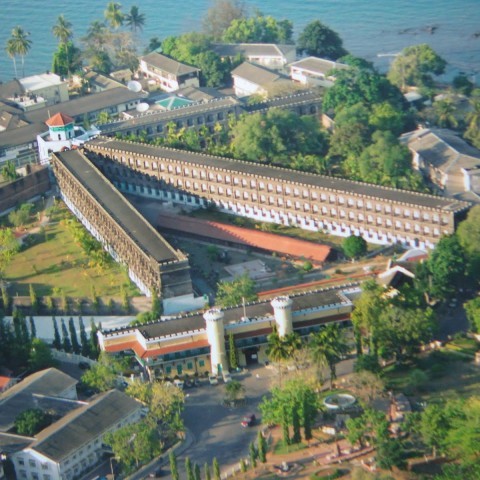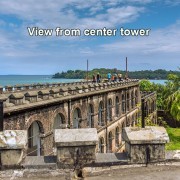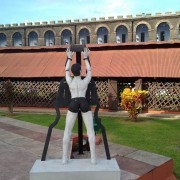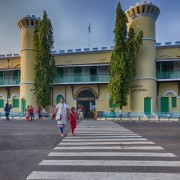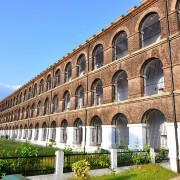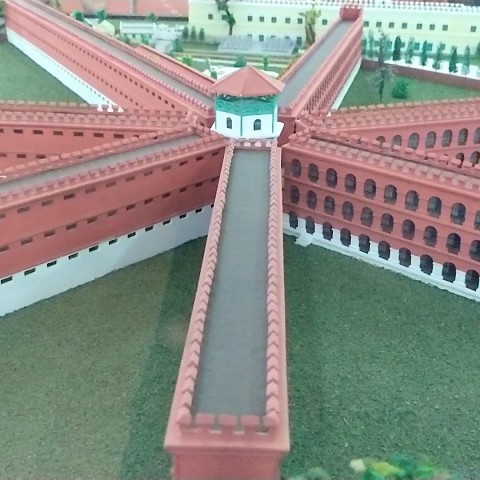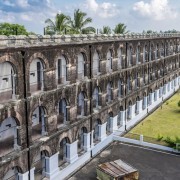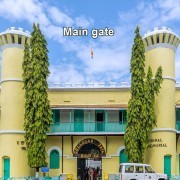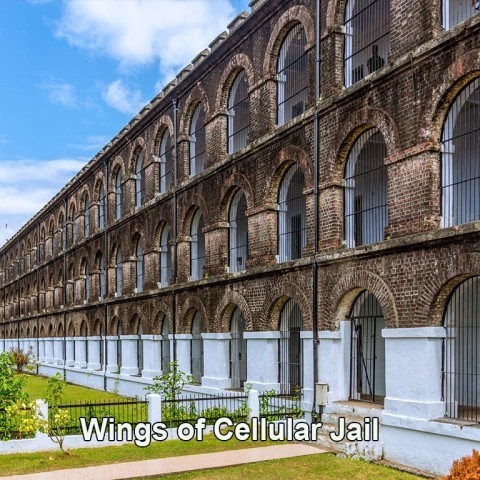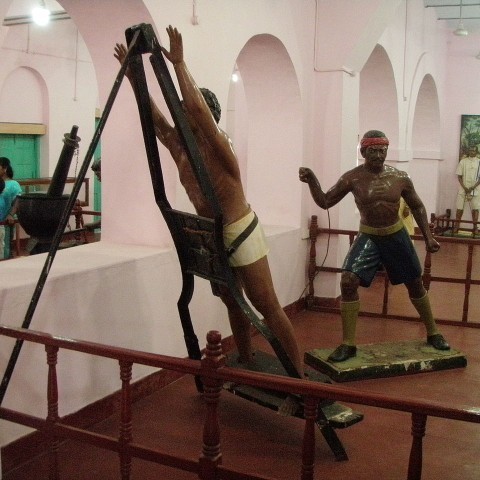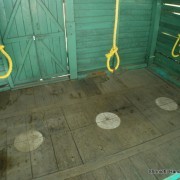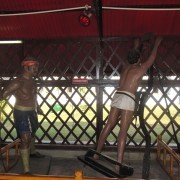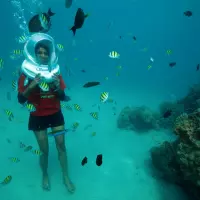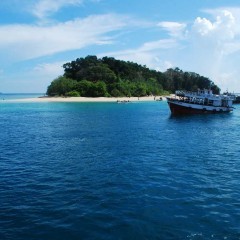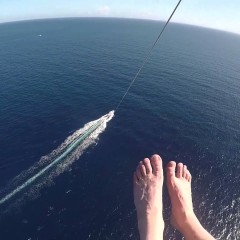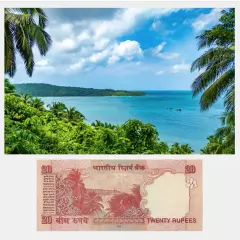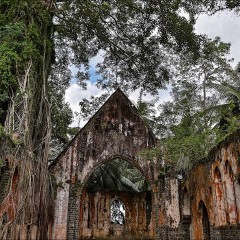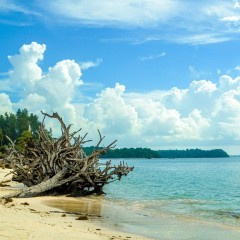Little different from the sandy beaches of Andaman, the trip to Baratang is just amazing. Starting from the long drive through the Jarawa reserve to the boat ride to the limesto...


- Andaman
- Destinations
 Port Blair
Port Blair Baratang Island tour
Baratang Island tour Cellular Jail in Port Blair
Cellular Jail in Port Blair Chidiya Tapu
Chidiya Tapu Corbynscove beach
Corbynscove beach Jollybouy and Red Skin Island
Jollybouy and Red Skin Island Mount Harriet National Park
Mount Harriet National Park North Bay and Netaji Subhas Bose (Ross) Island
North Bay and Netaji Subhas Bose (Ross) Island Prothrapur
Prothrapur Wandoor beach
Wandoor beach Havelock Island
Havelock Island Elephant beach in Havelock
Elephant beach in Havelock Govind Nagar Beach (Nemo Reef)
Govind Nagar Beach (Nemo Reef) Kalapathar beach
Kalapathar beach Radhanagar beach in Havelock
Radhanagar beach in Havelock Vijay Nagar beach
Vijay Nagar beach - Packages
- Hotels
- Ferries
- Activities
 Scuba Diving
Scuba Diving Boat Diving in Neil Island
Boat Diving in Neil Island Scuba Diving in Neil Island
Scuba Diving in Neil Island Scuba Diving in Chidiyatapu
Scuba Diving in Chidiyatapu Scuba Diving in North Bay Coral Island (Port Blair)Boat Diving in Havelock Island
Scuba Diving in North Bay Coral Island (Port Blair)Boat Diving in Havelock Island Shore Dive Nemo Reef, Havelock
Shore Dive Nemo Reef, Havelock Scuba Diving in Havelock
Scuba Diving in Havelock Light and Sound Shows
Light and Sound Shows Light and Sound show in Cellular Jail
Light and Sound show in Cellular Jail Light and Sound show of Ross Island (Netaji Subhash Bose Island)
Light and Sound show of Ross Island (Netaji Subhash Bose Island) - Day Trips
- Account
Searching...




























.jpeg)





